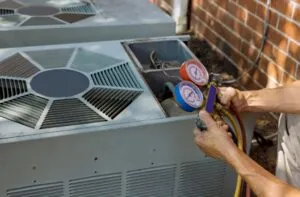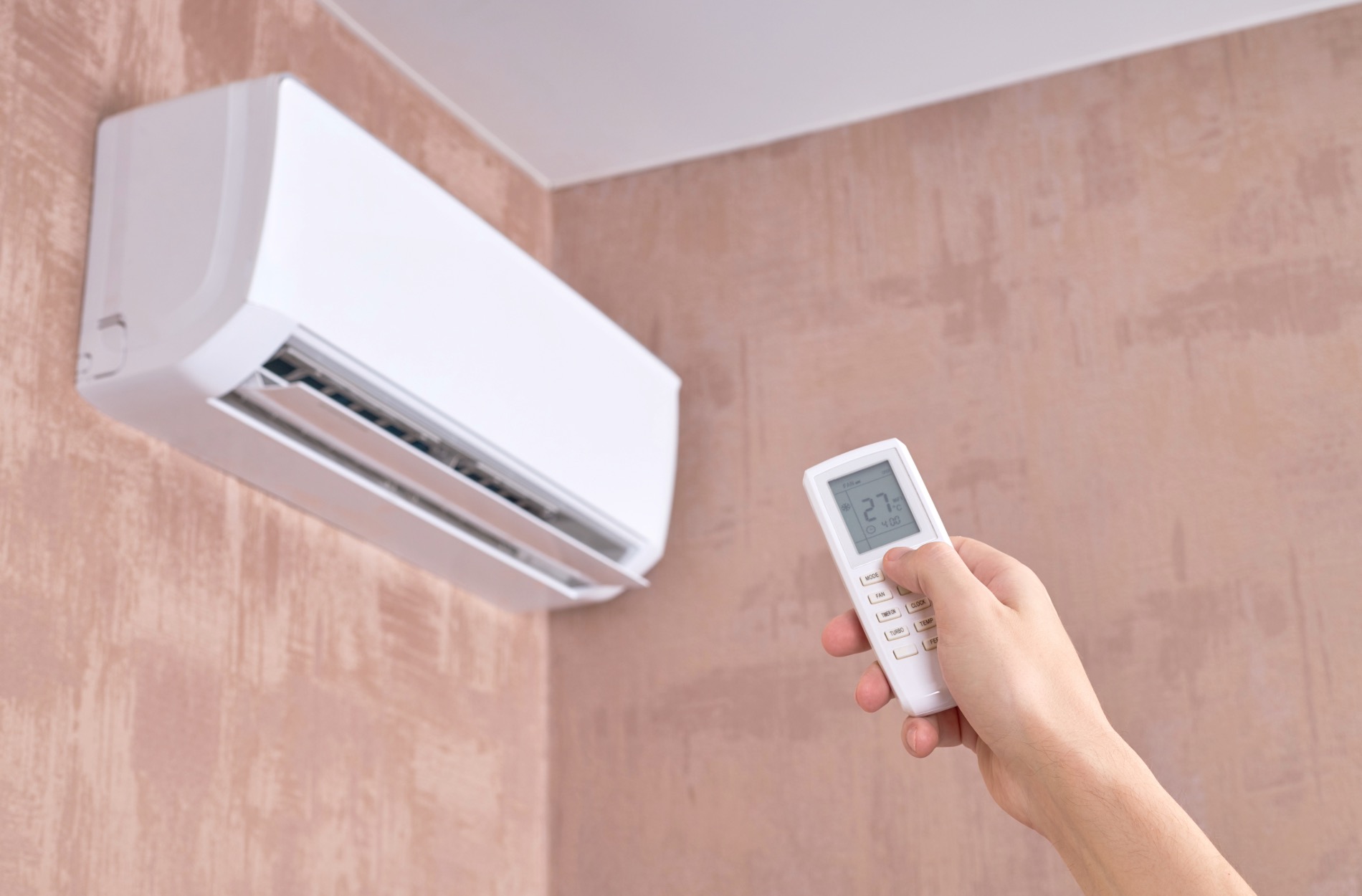We’ve all heard that an air conditioner is one of a home’s most significant energy consumers. But how much does it consume exactly? The question lingers in most people’s minds when they think of installing an AC.
Whether it’s a centralized AC or a wall-mounted AC unit, finding answers can help you plan a budget and even adjust your habits to lower energy consumption, having a smaller impact on the environment.
Estimating The Power Usage By Air Conditioners
Before we explore the factors that affect the electricity consumption of an AC, let’s first look at some rough numbers. Not surprisingly, these vary based on the type of conditioner you own.
For instance, a central air conditioner utilizes around 3,000 to 3,500 watts per hour during warmer days. However, if you only use your AC in fan-only mode, you may see only a small usage of 750 watts per hour. Meanwhile, mid-sized portable ACs use approximately 2,900 watts per hour.
A mid-sized window or a wall-mounted air conditioner can use 900 watts per hour, while the smaller and larger ones use 500 and 1440 watts, respectively.
Determining The Energy Costs
While the wattage statistics are a good thing to keep in mind, your pressing concern is probably related to the costs. Here are two simple formulas to help you calculate the energy consumption level and the respective cost of your unit:
Energy consumption rate (watts) = (Annual power consumption rate of the unit (kilowatts) x AC’s operational hours)/ 1000
Electricity cost = Energy consumption rate x Electricity price in your area
It’s worth remembering that ACs don’t run consistently for hours. They have on-and-off cycles; the next cooling cycle begins after approximately 15 minutes. Be careful about only considering the hours your air conditioner runs.
Factors That Affect Electricity Usage of Your AC Unit
Now that you have a general idea about your AC’s power usage let’s jump into the most significant factors impacting those numbers.
- Unit Capacity: The size of your unit and the amount of space it has to cool greatly influences the electricity expended. British thermal units (BTU) determine an AC’s capacity. Your AC should measure 20 BTUs per square foot for good capacity.
- Energy Efficiency: A high SEER (seasonal energy efficiency ratio) rating of 13-14 is efficient and will not consume a lot of electricity. A higher SEER rating indicates the air conditioner’s efficiency.
- Type of Unit: While an individual wall-mounted AC unit uses lesser energy, a central unit presents a more cost and energy-effective option if you have more than two rooms to cool. You would have to install separate wall-mount units per room, resulting in higher operating costs than a single central unit.
Wrapping It Up,
Factors like the number of people in the house, other electrical appliances, house insulation, temperature settings, and even your maintenance routine can affect AC electricity consumption. You can reduce your AC energy consumption by insulating your home, closing the blinds to keep in the cool air, or purchasing a more energy-efficient AC model.
If calculating the energy output of your central or wall-mounted air conditioner still seems confusing, you can always reach out to us at Dr. Ductless Heating and Cooling. Call our experts at (213) 916-0005 for more information.



